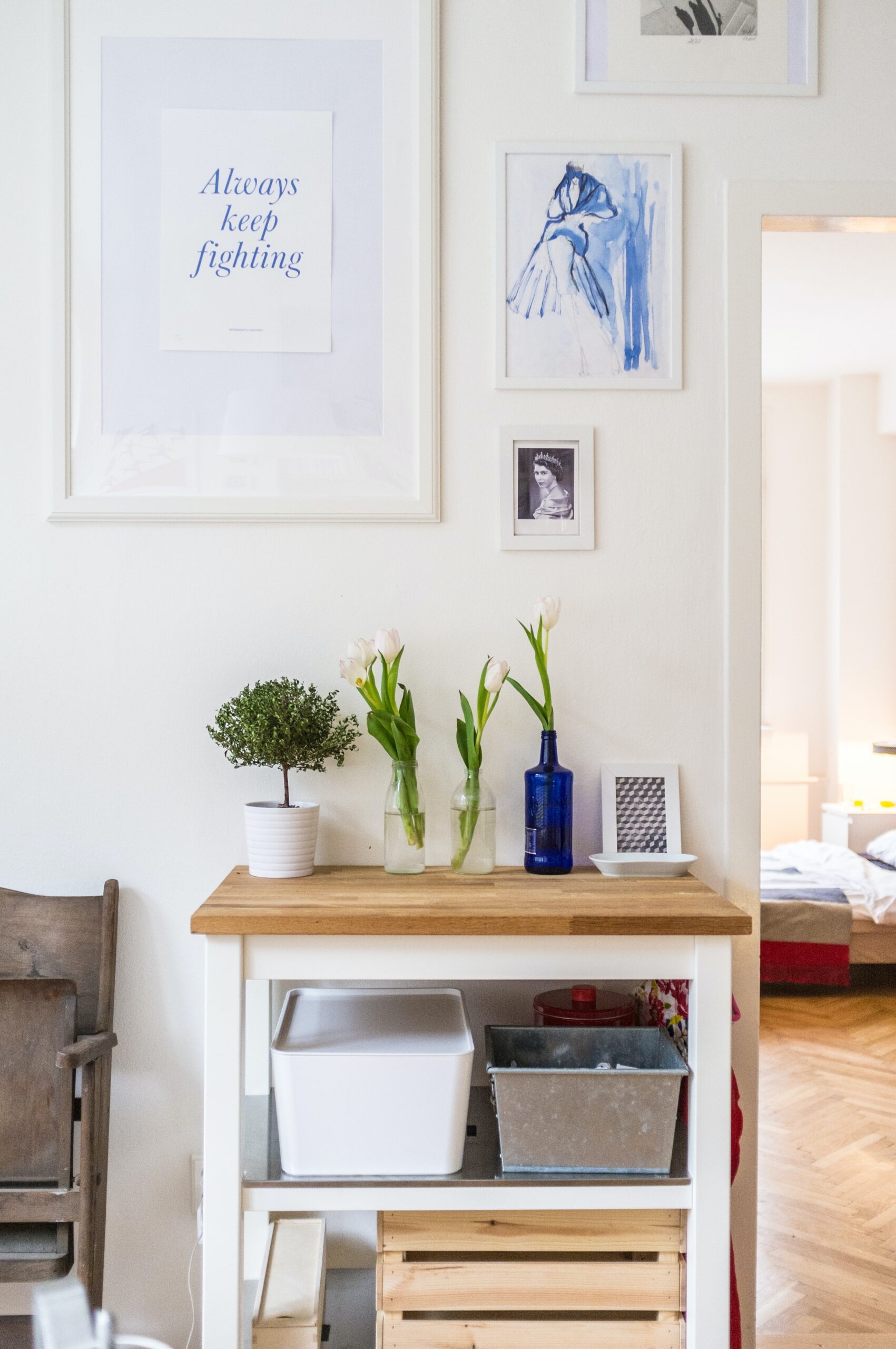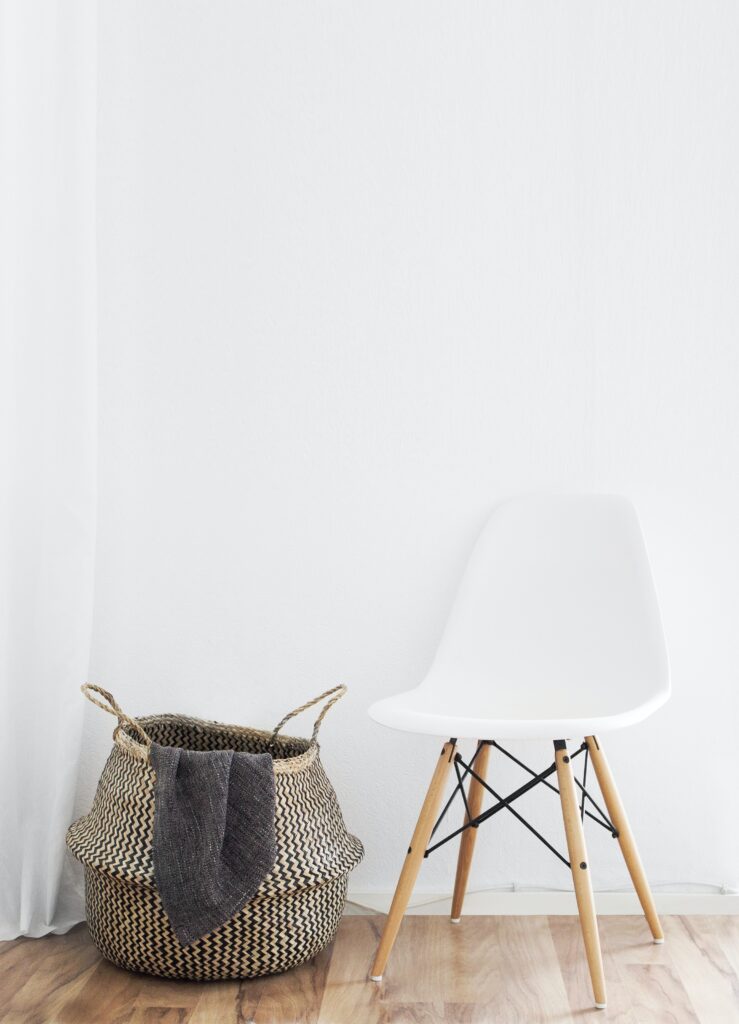
So, you’re in the process of designing your home and you’re faced with the daunting task of choosing a color scheme. We all know that the colors we surround ourselves with can greatly impact our mood and overall aesthetic of a space, so it’s important to choose wisely. But with so many options out there, how can you narrow down the choices and find the perfect color scheme for your home? In this article, we’ll explore some tips and considerations to help you make this decision with confidence. Whether you’re looking for a serene and calming atmosphere or a vibrant and energetic vibe, we’ve got you covered. Let’s dive in and find the perfect color scheme for your home design.
Understanding the Basics of Color Schemes
Primary, Secondary, and Tertiary Colors
When it comes to choosing a color scheme for your home, one of the fundamental concepts to grasp is the understanding of primary, secondary, and tertiary colors. The primary colors include red, blue, and yellow, which cannot be created by mixing other colors together. Secondary colors are formed by mixing two primary colors, resulting in orange, green, and purple. Tertiary colors, on the other hand, are created by blending a primary color with a neighboring secondary color on the color wheel.
Warm and Cool Colors
Another important aspect to consider when selecting colors for your home is the distinction between warm and cool colors. Warm colors such as red, orange, and yellow tend to create a sense of energy and vibrancy in a space. Cool colors like blue, green, and purple, on the other hand, evoke a feeling of calmness and relaxation. Understanding the emotional effects of warm and cool colors can help you determine the atmosphere you want to create in different areas of your home.
Complementary, Analogous, and Monochromatic Schemes
Once you have a basic knowledge of primary, secondary, and tertiary colors, you can delve into various color schemes to achieve a cohesive and visually pleasing look in your home. Complementary colors are those that are opposite each other on the color wheel, such as blue and orange or red and green. These schemes offer a high-contrast and dynamic effect. Analogous colors, on the other hand, are next to each other on the color wheel, such as blue and purple or yellow and orange. This scheme creates a harmonious and calming look. Lastly, a monochromatic color scheme involves using different shades, tints, and tones of a single color, which creates a sophisticated and cohesive look.
Considering Your Home’s Style and Mood
Matching Colors with Architectural Style
To create a cohesive and aesthetically pleasing color scheme in your home, it is essential to consider the architectural style of your space. Different architectural styles often have certain color palettes that naturally complement them. For instance, a modern and minimalist home may benefit from a neutral color scheme with pops of bold and vibrant colors, while a traditional or Victorian-style home may be better suited to rich and warm tones.
Creating a Relaxing or Energizing Atmosphere
The color scheme you choose can greatly influence the mood and atmosphere of a room. If you want to create a relaxing and peaceful environment, consider using cool colors such as blues, greens, and purples. On the other hand, if you want to introduce energy and vibrancy to a space, opt for warm colors like oranges, reds, and yellows. Understanding the mood you want to evoke in each room will help you select an appropriate color scheme.

Exploring Color Psychology
Understanding Color Associations
Color psychology plays a significant role in interior design, as different colors are often associated with certain emotions and meanings. For example, blue is commonly associated with tranquility and trust, while red is often associated with passion and excitement. By understanding these color associations, you can choose colors that align with the desired mood or psychological impact you want to create in each room of your home.
Using Colors to Evoke Emotions
Color has the power to evoke a wide range of emotions. Cool colors like blue and green can create a sense of calmness and relaxation, making them ideal for bedrooms or spaces dedicated to unwinding. On the other hand, warm colors like red and orange can stimulate energy and excitement, making them suitable for areas where you want to encourage socialization, such as living rooms or dining areas. By strategically incorporating colors that align with the emotions you want to evoke, you can enhance the overall atmosphere of your home.
Finding Inspiration
Nature and the Outdoors
Nature provides an abundance of inspiration when it comes to color schemes. Take a walk in a park or observe the colors of a breathtaking sunset to gather ideas for your home. The earthy tones of a forest or the vibrant hues of flowers can translate beautifully into your interior design. Consider bringing in shades of green, brown, or floral-inspired colors to infuse a sense of serenity and natural beauty into your space.
Art and Design
Artwork and design can be an excellent source of inspiration when choosing a color scheme for your home. From famous paintings to contemporary designs, drawing inspiration from the art world can help you understand color combinations that work harmoniously together. Look for artworks that resonate with you and observe the color choices within them. Use these colors as a starting point for your own color scheme.
Travel and Cultural Influences
Exploring different cultures and traveling to new places can expose you to unique color palettes. Pay attention to the colors used in traditional clothing, architecture, or even in local markets. From the vibrant hues of Morocco to the muted tones of Scandinavian design, incorporating color inspirations from around the world can add an interesting and personal touch to your home.

Taking Lighting into Account
Natural Lighting Conditions
Considering the lighting conditions in your home is crucial when choosing a color scheme. Natural light can drastically affect colors, making them appear differently throughout the day. Rooms with ample natural light allow for a wider range of color options, as natural light tends to showcase the truest representation of colors. If your space lacks natural light, consider using lighter and brighter colors to compensate for the lack of brightness.
Artificial Lighting Options
While natural light is essential, artificial lighting also plays a significant role in how colors are perceived. Different types of artificial lighting, such as incandescent, fluorescent, or LED, can cast different color temperatures, affecting the overall appearance of the colors in your home. It is essential to consider the type and color temperature of your artificial lighting when selecting colors, as it can either enhance or detract from the intended color scheme.
How Lighting Affects Colors
Lighting can significantly impact how colors are perceived in a space. Warm lighting tends to enhance warm colors, making them appear richer and more vibrant. On the other hand, cool lighting can bring out the cool undertones in colors, making them appear more subdued and tranquil. Take into account the lighting in each room and how it interacts with your chosen color scheme to ensure the desired effect is achieved.
Considering the Size and Proportions of Rooms
Choosing Colors for Small Rooms
Color choices can greatly impact the perceived size of a room. In smaller spaces, it is generally recommended to use lighter colors, as they create an illusion of openness and airiness. Lighter shades reflect more light and make a room appear more spacious. However, this does not mean you have to stick solely to white or neutrals. Consider using pastel colors or lighter shades of your chosen color, as they can add depth while still creating a visually open space.
Optical Illusions with Colors
Colors have the power to create optical illusions, altering the perception of space. For instance, using warm colors on walls can make them appear visually closer, while cool colors can visually push the walls back, creating an illusion of more space. Understanding the principles of color and how they interact with space can help you make informed decisions when trying to achieve a specific effect in a room.

Harmonizing with Existing Furniture and Décor
Working with Dominant Colors
When planning your color scheme, consider the existing furniture and décor in your home. If you have furniture with dominant colors, such as a vibrant red couch or a patterned rug, work with those colors to create a harmonious color scheme. You can choose complementary colors to the dominant color or opt for neutral shades that will not clash. By harmonizing your color choices with existing elements in the room, you can create a cohesive and visually appealing space.
Neutral Colors as a Base
Neutral colors serve as a great starting point when choosing a color scheme, especially if you have a large amount of existing furniture or décor. Neutrals like white, beige, or gray can act as a base, allowing you to experiment with pops of color through accessories, artwork, or accent walls. This approach provides flexibility and allows you to easily change the color scheme in the future without needing to replace major furniture or repaint entire rooms.
Accent Colors for Visual Interest
To add visual interest and a personal touch to your home, consider incorporating accent colors into your color scheme. Accent colors are bold colors that are used sparingly to draw attention to specific elements or areas in a room. For example, you could use a vibrant yellow as an accent color through throw pillows, artwork, or a single accent wall. Accents can add depth and personality to your space without overwhelming the overall color scheme.
Testing Color Samples
Using Color Swatches
To ensure that the colors you choose for your home are cohesive and visually appealing, it is important to test color samples before committing to a full paint job. Many paint stores offer color swatches or small sample pots that you can take home to see how the colors look in your space. Place the swatches on different walls and observe how the colors change throughout the day and under different lighting conditions. This allows you to make an informed decision and avoid any unpleasant surprises.
Painting Test Patches
If color swatches are not enough to give you a clear idea of how the colors will look in your home, consider painting test patches directly on the walls. Choose a small area and apply two or three coats of the desired color. Let it dry completely before evaluating the result. This allows you to see the color in its true form and assess how it works with the lighting and other elements in the room. Be sure to test multiple colors and compare them side by side to make the best choice for your space.
Considering Color Durability
When selecting colors for your home, it is essential to consider their durability. Some colors may be more prone to fading or showing wear and tear over time. Darker colors, for example, can show dust and scratches more easily compared to lighter shades. Additionally, consider the ease of touch-ups and maintenance for each color option. It is important to strike a balance between aesthetics and practicality when choosing a color scheme that will stand the test of time.

Seeking Professional Advice
Hiring an Interior Designer
If you find yourself overwhelmed or unsure about choosing a color scheme, it may be beneficial to consult with an interior designer. An experienced designer can assist you in selecting colors that suit your style, preferences, and the architectural aspects of your home. They can help create a cohesive and visually pleasing color scheme that reflects your personality and meets your specific needs.
Consulting Paint Experts
If you prefer a do-it-yourself approach, consider consulting with paint experts at your local paint store. They have extensive knowledge about color options, finishes, and how different colors interact with one another. Paint experts can provide valuable advice and guide you in selecting the most suitable colors for your home. They can also assist in choosing paint types that are appropriate for specific areas, such as kitchens or bathrooms.
Finalizing Your Color Scheme
Reviewing and Revising
Choosing a color scheme for your home is a process that requires careful consideration and revision. Once you have gathered inspiration, tested colors, and sought expert advice, it is important to review your choices and make any necessary revisions. Take a step back and assess how the colors work together as a whole and consider how they align with your desired style and mood. Don’t be afraid to make adjustments as needed until you achieve a color scheme that you truly love.
Creating a Cohesive Flow
To create a cohesive flow throughout your home, it is vital to ensure that the chosen color scheme transitions seamlessly from one room to another. Consider how the colors interact in adjacent spaces and hallways. While each room can have its own unique color scheme, maintaining a sense of harmony and continuity will contribute to an overall cohesive look. Pay attention to how the colors visually flow from room to room, ensuring that the transition feels natural and visually appealing.
Choosing a color scheme for your home is an exciting but challenging task. By understanding the basics of color schemes, considering your home’s style and mood, exploring color psychology, finding inspiration, taking lighting into account, considering room sizes and proportions, harmonizing with existing furniture and décor, testing color samples, seeking professional advice, and finalizing your color scheme, you can create a beautiful and cohesive home that reflects your personal style and enhances your living space. So go ahead, let your creativity flow, and have fun transforming your home with the perfect color scheme!

